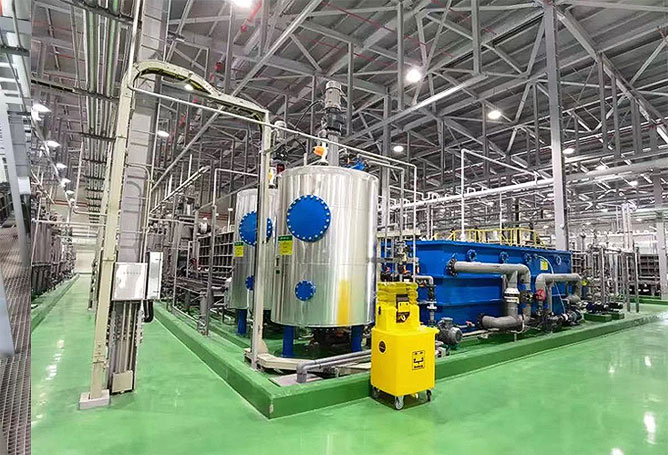The
Mixer Settler extraction process is a widely used technique in industries such as food processing, pharmaceuticals, and mining to separate components from a mixture. The process involves mixing the mixture with a solvent or extractant in a mixer settler unit, where the components of interest are transferred from the feed phase to the solvent phase.
While the extraction process can be efficient, foaming can occur, which can hinder the separation of components and reduce the process efficiency. Identifying potential foaming agents during the extraction process is crucial for troubleshooting and resolving the issue. Below some detailed steps to identify potential foaming agents:
1. Observe and document foaming behavior: During the extraction process, closely monitor the mixer settler unit for any signs of foaming. Observe the foam's appearance, volume, persistence, and stability. Take note of any changes in foaming behavior at different stages of the extraction process.
2. Conduct visual inspection: Examine the foaming solution visually to identify any visible particles or contaminants. These contaminants could potentially act as foaming agents. Look for substances that have a lower surface tension than the extraction solvent, as they are more likely to cause foaming.
3. Review process variables: Analyze the process variables that may contribute to foaming, such as the type and concentration of extractant, solvent, temperature, agitation speed, and pH. Changes in these variables can affect the physical and chemical properties of the system, leading to foaming.
4. Analyze material compatibility: Examine the compatibility of the equipment and materials used in the extraction process. Certain materials, such as rubber, may release additives or agents that induce foaming. Check if any incompatible materials or additives are in contact with the system.
5. Perform chemical analysis: Conduct chemical analysis of the foaming solution to identify potential foaming agents. Methods like gas chromatography-mass spectrometry (GC-MS) or liquid chromatography-mass spectrometry (LC-MS) can be used to identify and quantify various organic compounds present in the solution. Look for surfactants, detergents, oils, or other organic substances that might promote foam formation.
6. Investigate contaminant sources: Investigate the potential sources of contaminants in the extraction process. Contaminants can come from the feed solution, chemicals used during extraction, and even water used in the system. Identify and analyze any suspicious substances introduced into the system.
7. Conduct foam tests: Perform foam tests to further validate the potential foaming agents identified. These tests can involve subjecting the foaming solution to various conditions such as changes in temperature, agitation speed, pH, and the addition of surfactants. Assess how these conditions affect the foam formation, stability, and persistence.
By systematically following these steps, you can identify potential foaming agents during the Mixer Settler extraction process and take appropriate measures to prevent or mitigate foaming issues.
